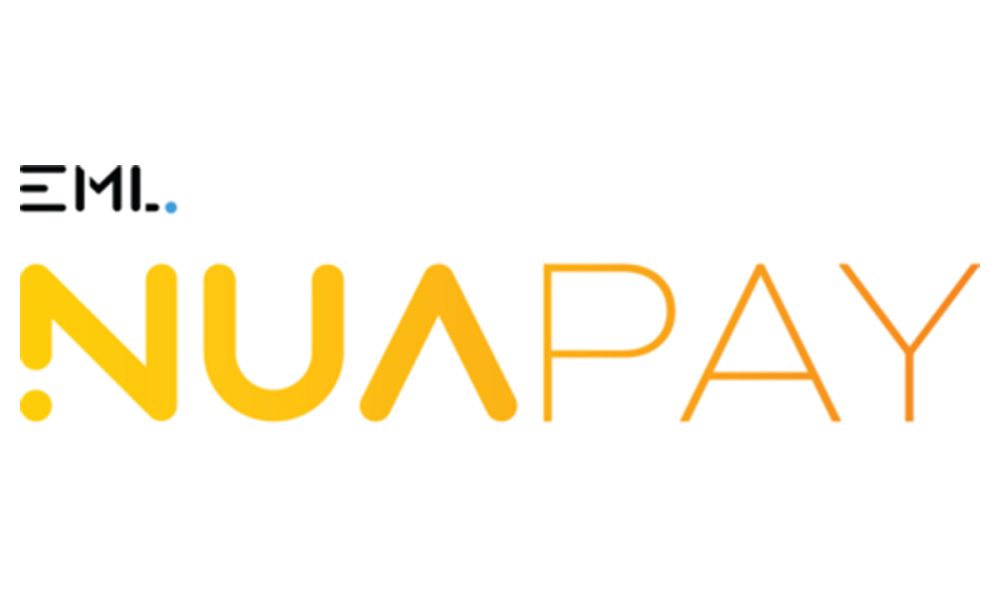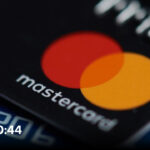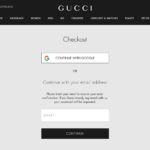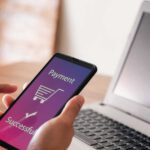Traditional card-based payment options carry high costs and introduce “an awful lot of friction” into payment processes, often leading to a high rate of online shopping cart abandonment.
That is the viewpoint of Brian Hanrahan, CEO of open banking payments firm Nuapay, which was acquired by global payment solution company EML Payments last year to add open banking and real-time account-to-account (A2A) payments capability to their portfolio.
This month, the merged entity, EML Nuapay, announced that it has partnered with Cocoon Partners, a software platform that facilitates payments for merchants in the automotive market, in a deal set to save car dealerships 75% on payment processing fees.
Leveraging the company’s open banking technology, Cocoon’s merchant clients can pay for automotive purchases directly from their bank accounts, helping automotive dealers save more on card scheme fees.
According to Hanrahan, the partnership is the latest example of merchants adopting open banking payments not only as an alternative to costly traditional card-based payment options, but also for the speed of money movement.
“The dealership receives the cash in three or four seconds, so it’s hitting their account in [a short period of] time,” compared to the situation whereby they are receiving payment by card which could take several days, Hanrahan told PYMNTS in an interview.
Another advantage of open banking payments is that they offer an improved user experience and user interface on mobile phones in particular, in contrast to “a 50-year-old [card] technology retrofitted to online and mobile commerce,” he remarked.
Open banking is a mobile-first product, Hanrahan said, allowing customers to make instant payments on their phones by scanning a QR code without having to key in any card numbers.
“You open the internet banking app from your bank, you authenticate yourself biometrically and complete the payment with one click. So, there’s no data involved in the flow, which helps the consumer [to] make payments faster,” he added.
Reducing Fraud Risk
The pandemic has led to an increase in the digitization of payments, but according to a recent PYMNTS report on authenticated payments, that boom in online transactions has become an entry point for cybercriminals, triggering a surge in fraud attacks.
As a result, payment fraud losses are expected to exceed $200 billion by 2025 — a significant fraction of the total annual payments volume each year, according to the report.
In the U.K., for example, digital fraud has been rising at an alarming rate, with the trade association UK Finance reporting last year that it had reached a level making it a “national security threat.”
Read the PYMNTS report: AI and Transaction Notifications Help FIs Stop Payments Fraud
But through the open banking partnership with EML Nuapay, a platform like Cocoon can automate its payment processes and enable customers to make instant and secure payments directly from the banking app on their phone. This eliminates the risk of fraud, as banking or card details are not shared with the automotive dealer.
It’s the reason why curbing fraud is one of the key advantages of open banking, Hanrahan explained, given that it’s a push payment process through which customers always initiate the payment from the payer’s bank — making the authentication security on the transaction much stronger.
He continued that customers can log in using the same method that they would use to check their balance — in Europe, it’s a face ID or a biometric fingerprint ID on your phone — and that level of security, which is natively built into the flow, is far superior to card transactions where users must wait to receive a text message or put in PIN numbers.
“So, from a conversion point of view, [open banking] would be the easiest way to get strong customer authentication in Europe and the best way to avoid fraud in transactions,” he said.
Open Banking to the World
Moving forward, Hanrahan said they’ve developed a product that is specifically focused on the recurring payments space and uses a mix of open banking and traditional direct debit rails, enabling merchants to securely authenticate their customers.
With that product, business owners can verify that the customer actually owns the bank account that they’re paying from, confirm their name and identity details, and then establish a subscription payment based on that information.
“This is addressing traditionally direct debits, or what we call ACH debit in the U.S., that are very popular with subscription services [and] utilities,” he said.
Hanrahan added that even though they operate well at scale, they’re “relatively primitive” in their setup, with minimal fraud protection and a lack of convenience, due to the manual process of keying in data or physically filling in paper forms.
With open banking, however, the firm has been able to eliminate all of that manual effort, generating a level of security that hasn’t existed in any of the previous solutions. At the same time, businesses get the ongoing subscription experience for recurring payments that they’re familiar with, he said.
Overall, Hanrahan said their goal is to expand their open banking product worldwide beyond their U.K. and European markets, and the merger with EML, which has a large presence in places like Australia, the U.S. and Canada, will help them do just that.
The company is also looking to expand in Europe, where some countries are lagging behind others when it comes to open banking adoption.
“We have a big presence in the U.K., which is months ahead of other EU countries in terms of when it got started on open banking,” Hanrahan said. “So, we’re trying to take that experience [we have] in the U.K., our product knowledge and capability across [to other markets].”







